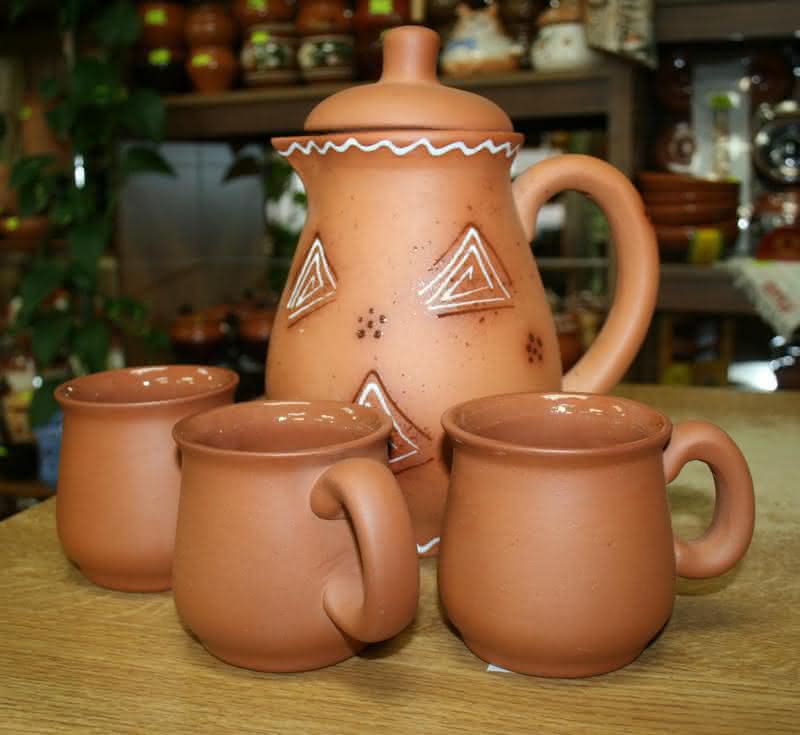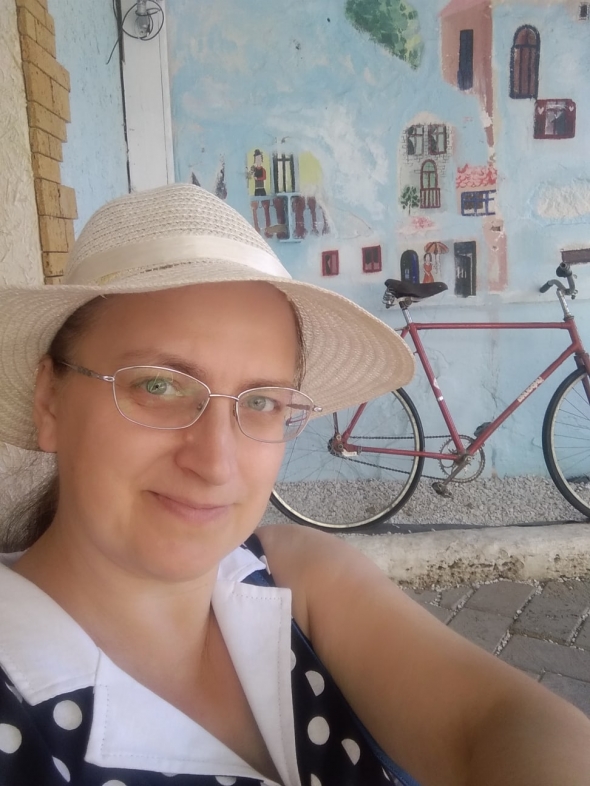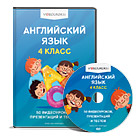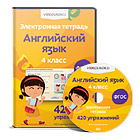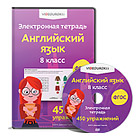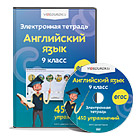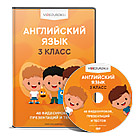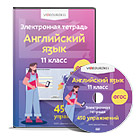Russian folk craft
Gorodets painting
Gorodets painting is a phenomenon of so-called naive art. It sprang from carved distaffs manufactured in villages near the town of Gorodets in the Nizhni Novgorod Region. Initially local craftsmen used the incrustation technique to decorate distaffs. Gorodets artists traditionally paint genre scenes (merrymaking, tea drinking, riding the famous Gorodets horse), decorative images of birds or animals (roosters, horses, lions, leopards), and flower patterns.
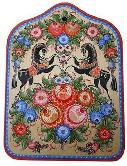
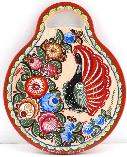
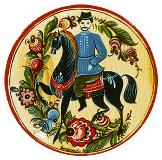
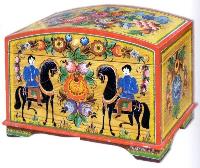
Palekh
The Palekh miniature is a folk art that developed in the village of Palekh in the Ivanovo Region. The style of painting springs from the traditions of the ancient Suzdal and Moscow schools of icon painting (15th to 16th centuries). Beginning in the 1920s, Palekh artists began decorating boxes, brooches, powder cases, spectacles cases, and ashtrays. The motifs for these miniatures were typically taken from everyday life, classic works of literature, fairy tales, folk poems, and songs. The works even won prizes at the World Expo in Paris in 1923.
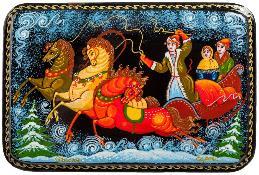
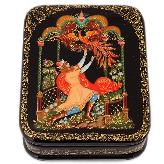
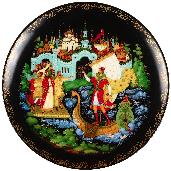
Zhostovo Painting
Zhostovo Painting is a traditional Russian folk art in which metal trays are painted with lovely floral designs. The handicraft is still produced in the village of Zhostovo (Moscow Oblast).

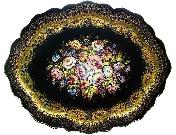
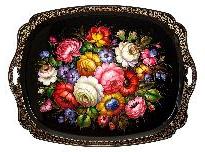
Mezen painting
The Mezen painting is one of the most ancient Russian art crafts. Using this technique, Russian folk artists decorated most of the household items that accompanied a person from birth through its entire life, where it brought joy and beauty. It also occupied a large space in the design of facades and of hut interiors.
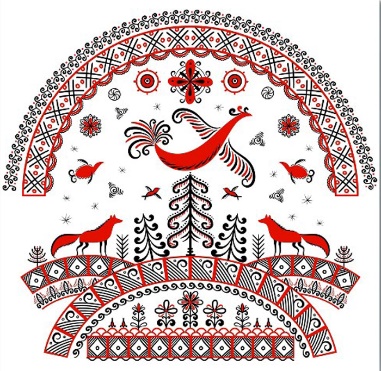


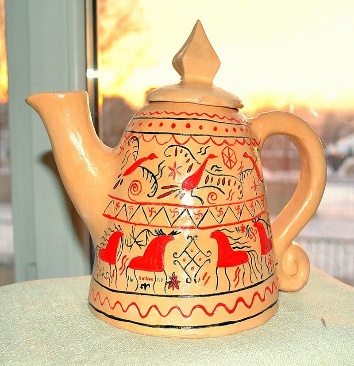
Khokhloma
Known for their colorful patterns of red and gold, Khokhloma are painted ornamental dishes, spoons and bowls. The name itself is derived from the name of the settlement where the craft got its start (in the Nizhny Novgorod Oblast), as far back as the 17th century.
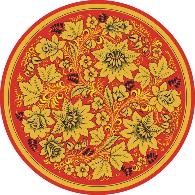

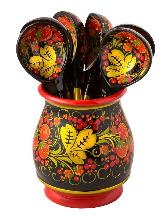
Gzhel
A style of Russian ceramic, Gzhel gets it’s name from a village (in the Moscow Oblast) where pottery has been produced since the 14th century. The distinctive blue on a white (tin-glazed) surface originated in the 1830s. Today roughly thirty villages southeast of Moscow produce the unique Russian handicraft, shipping it domestically and abroad.
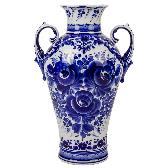
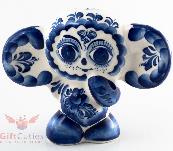
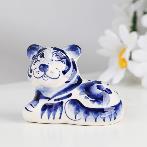
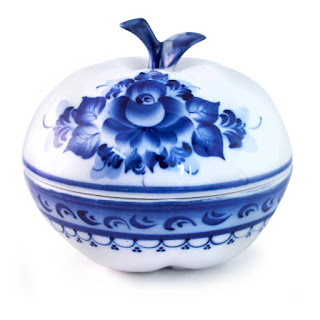
Dymkovo Toy
Molded, painted clay figures that are sometimes in the form of a pennywhistle. The Russian handicraft is still produced, according to tradition, in the village of Dymkovo (near Kirov).

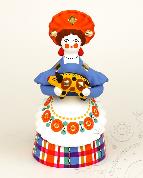


Filimonovo toy
Filimonovo toys (Russian: Филимо́новская игру́шка) are a type of Russian pottery craft produced in Odoyevsky District of Tula Oblast, Russia. The toys derive its name from the village of its origin, Filimonovo, and are moulded by hand from the bluish-grey local clay that fires into a pure white ceramic. The artists paint the figures with aniline dyes with motifs of brightly colored strips and spots.
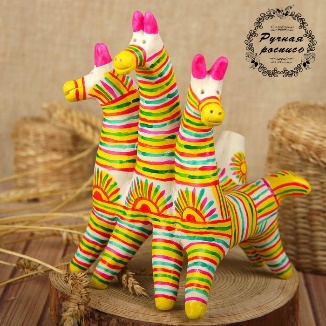
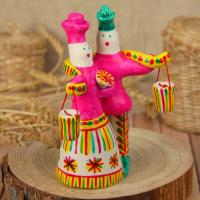
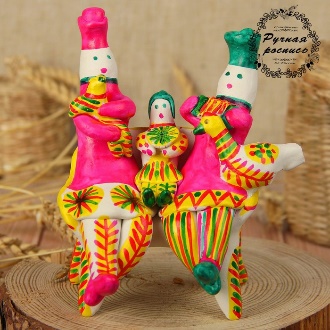
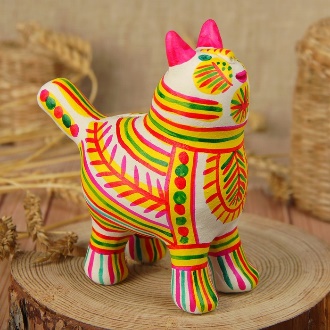
Matryoshka
Perhaps Russia’s most recognizable handicraft, Matryoshka is a painted wooden figure that can be pulled apart to reveal more “Russian Nesting Dolls” inside. A typical theme for a Matroshka set is usually peasant girls in traditional dress, but non-traditional dolls are just as common. New, creative sets can take on just about any theme – from sports figures and political leaders, to characters in Russian folk tales and science fiction.

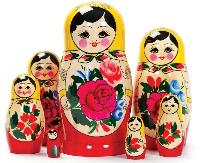
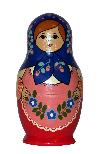
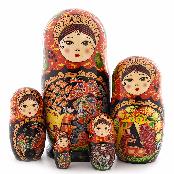
Vologda Lace
Dating back to the 17th century, Vologda Lace was originally woven from gold and silver for the garments of nobility and church hierarchy. Today Vologda Lace has gained worldwide attention for its rich, decorative patterns and smooth lines.
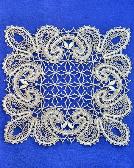
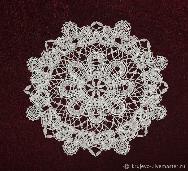
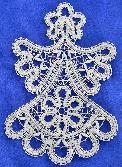
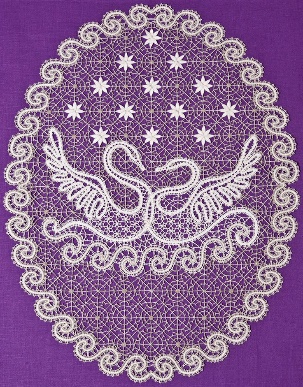
Pavlovsky Posad shawls
With its natural texture and traditional, colorful patterns, the Pavlovsky Posad shawl boasts 200 years of history and remains in vogue.
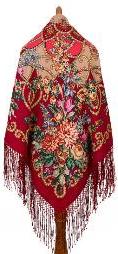
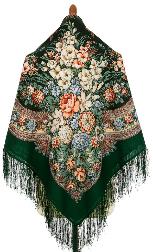
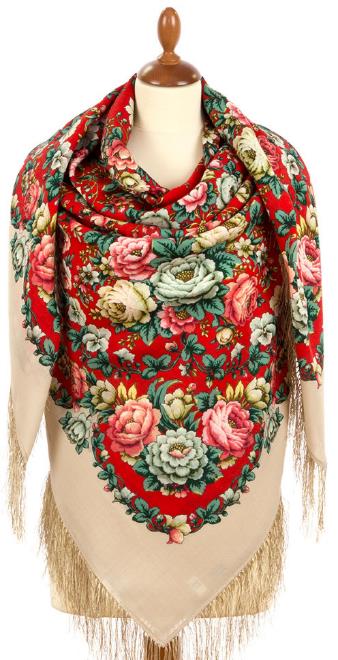
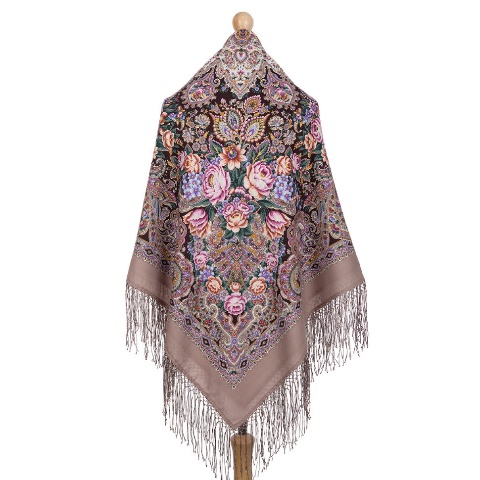
Orenburg shawls
You can use Pavlovsky Posad shawls in all seasons but Orenburg shawls are only for winter. This particular shawl was created thanks to a special breed of goat native to the Orenburg Region, which has firm, soft wool. The goats have long since adapted to the harsh winters, snowstorms, and low temperatures. The animal's hair is about 17 micrometers thick, which is four times thinner than human hair and 1.5 times thinner than the hair of the Angora goat.
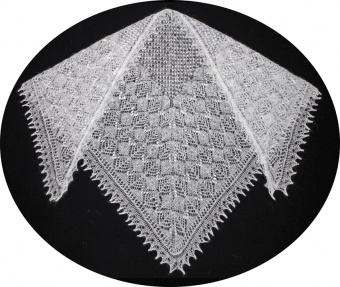

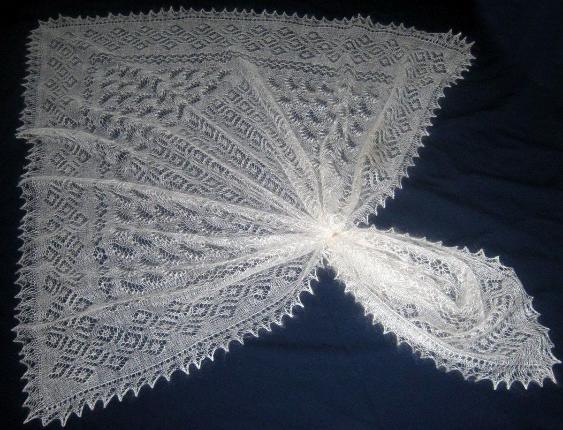
Tula Samovar
A traditional craft of the Tula region, the Samovar was originally produced as a practical device – to boil water, make tea and coffee. Today, although functional, they serve more of an ornamental role.
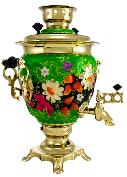
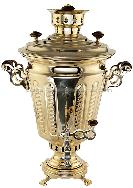
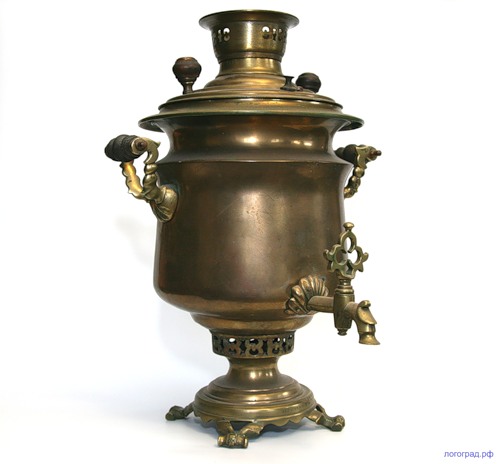
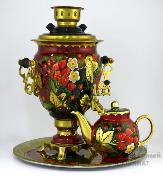
Rostov Finift (Enamel)
Rostov Finift is a traditional Russian art form of painting on enamel (often on jewelry – brooches, rings, earrings). The Russian handicraft had its origins in Rostov in the 18th century when artists first painted minature icons on enamel for the church.
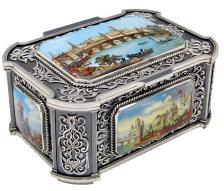
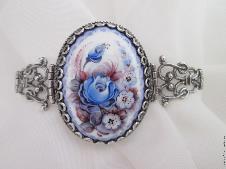
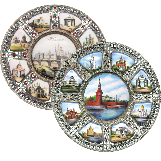
Kazakovo filigree metalwork
Craftsmen from the village of Kazakovo in Russia's Volga Region have been creating amazing filigree metalwork for almost 80 years. Sadly, today this distinctive craft is in danger of dying out. Vintage USSR style tea cup holders, caskets, cigarette cases, icon frames, and even hockey helmets made out of wafer-thin silver-plated wire are hunted in Moscow souvenir shops by tourists. But only a few of them know how these works of artisan jewelry are born.

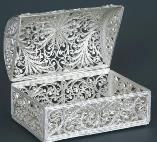
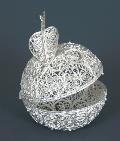
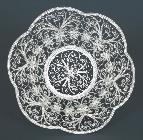
Kasli casting
Kasli cast-iron sculpture was produced in Kasli (Southern Ural), from the mid-19th century. A large collection, including an elaborate pavilion from the 1900 Paris World Fair, is displayed in the Yekaterinburg Museum of Fine Arts. There is also a Kasli Museum of Iron Sculptures. In 1860, the Kasli foundry was honoured with the Gold Award of the Free Economic Society. The following year, it was awarded a Silver Medal at the Saint Petersburg Textile Exhibition.
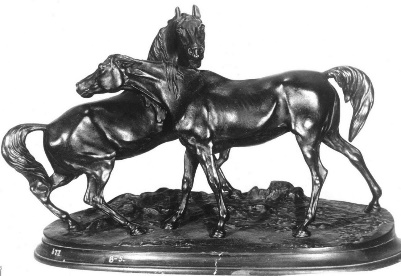
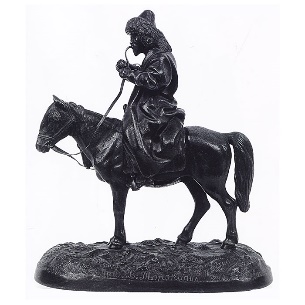

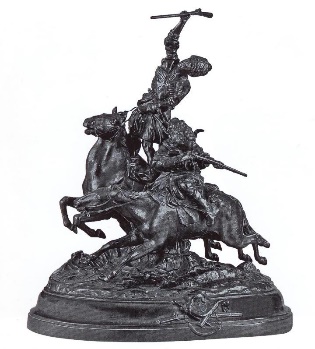
Ural Malachite
Jewelry, ornamental pieces and furnishings of exquisite craftsmanship produced using famous Ural Malachite (also known as Russian stone and/or Peacock stone in old Russia).

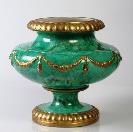

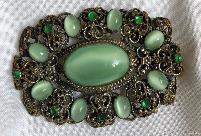
Fedoskino miniatures
They are sometimes confused with Palekh – but only for those who think all Russian miniature-painted lacquer boxes are created equal. In contrast to Palekh, Fedoskino miniatures features a light, luminescent background, often created by using reflecting metal powder or mother-of-pearl inlays. The style is more painterly and naturalistic, more like an illustration from a book or, well, a regular painting, rather than the flatter, more icon-like renderings of Palekh.
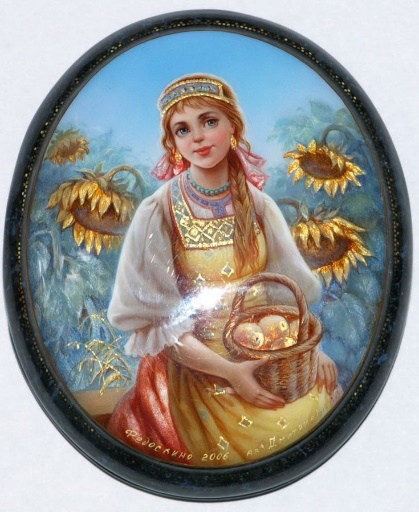
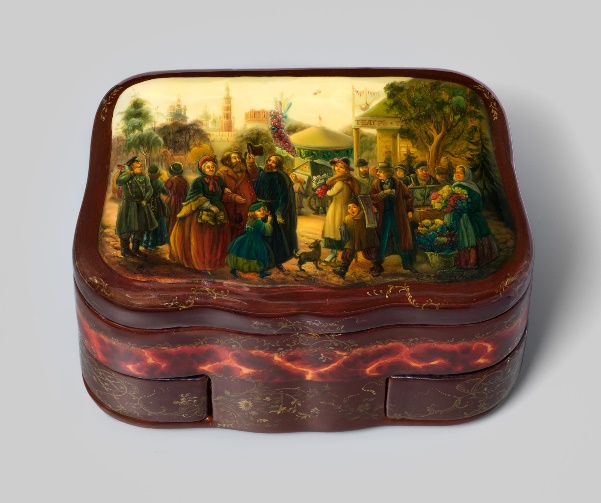
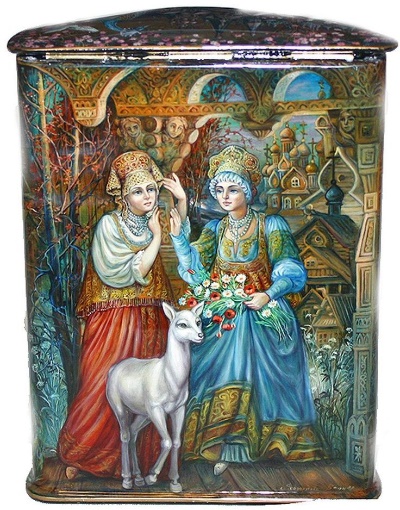
Shemogodsky birch-bark carving
Birch bark is the thin upper layer of birch rind, delicate pinkish-cream in color. The Russian name – beresta – has been known since the 15th -16th centuries.
Ornaments by Shemogodsky carvers are also known as “birch-bark lace” and used in manufacturing of birch-bark caskets, boxes, tea-caddies, cases, containers, dishes, plates, and cigarette cases. Shemogodsky carving became popular due to masters of Shemogodsky Volost of Veliky Ustug District.


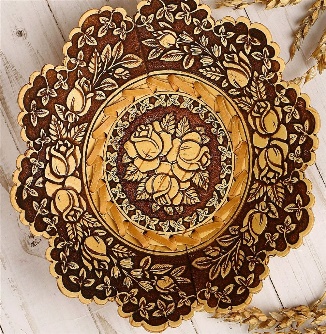

Valenki
Valenki are a kind of traditional Russian winter footwear which is usually worn for walking on dry snow when the weather is frosty. The name valenok literally means "made by felting" Valenki are made of wool felt. Valenki became widespread only in the first half of the 19th century, when they started being manufactured by industrial methods. Before this, they were quite expensive and only wealthy people could afford to have them. The increasing complexity of needs, the growing influence of the urban mores to the village caused the change of bast shoes with felt boots, and with it, the broad development of fulling production.
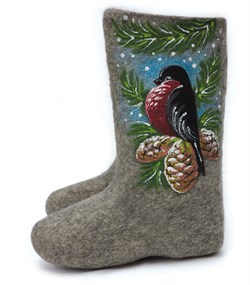
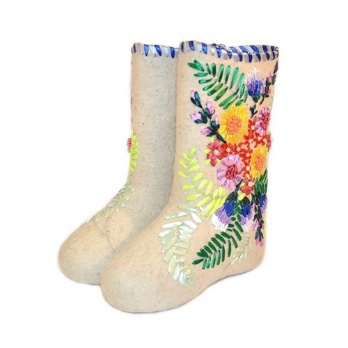


Pottery
Pottery became a full-fledged business a little later than blacksmithing. It was not until the XI century when a potter's wheel was invented. Along with various houseware, the Russian potters of that time were making bricks.

